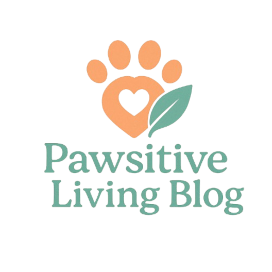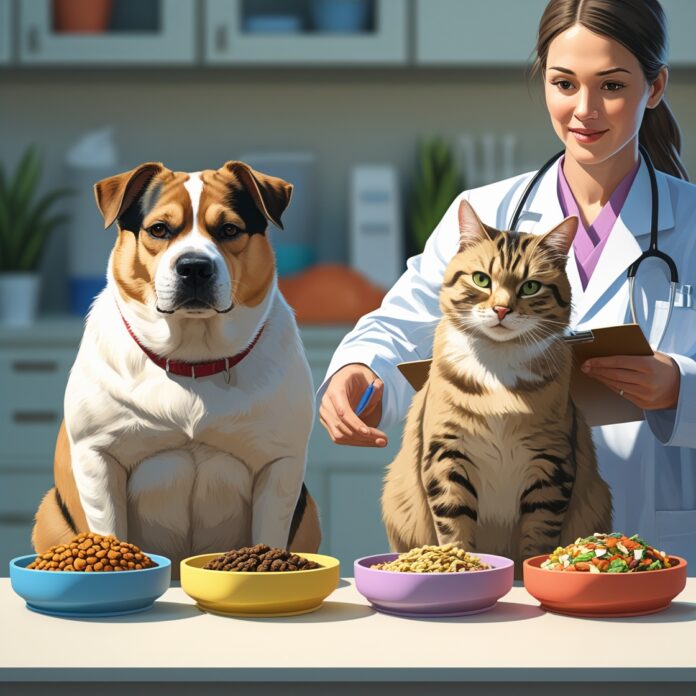Is your furry friend looking a little too cuddly lately? You’re not alone. 🐾 In the US, 56% of dogs and over 60% of cats suffer from pet obesity, which has become an epidemic. While those extra pounds might make your pet even more huggable, they’re carrying a heavy burden of health risks.
But here’s the good news: you have the power to change your pet’s life. The secret weapon in the battle against pet obesity? nourishment. Like people, our pets’ general health and weight are greatly influenced by the food they eat. By understanding the truth about pet obesity and how nutrition factors in, you can help your four-legged friend live a longer, happier, and healthier life.
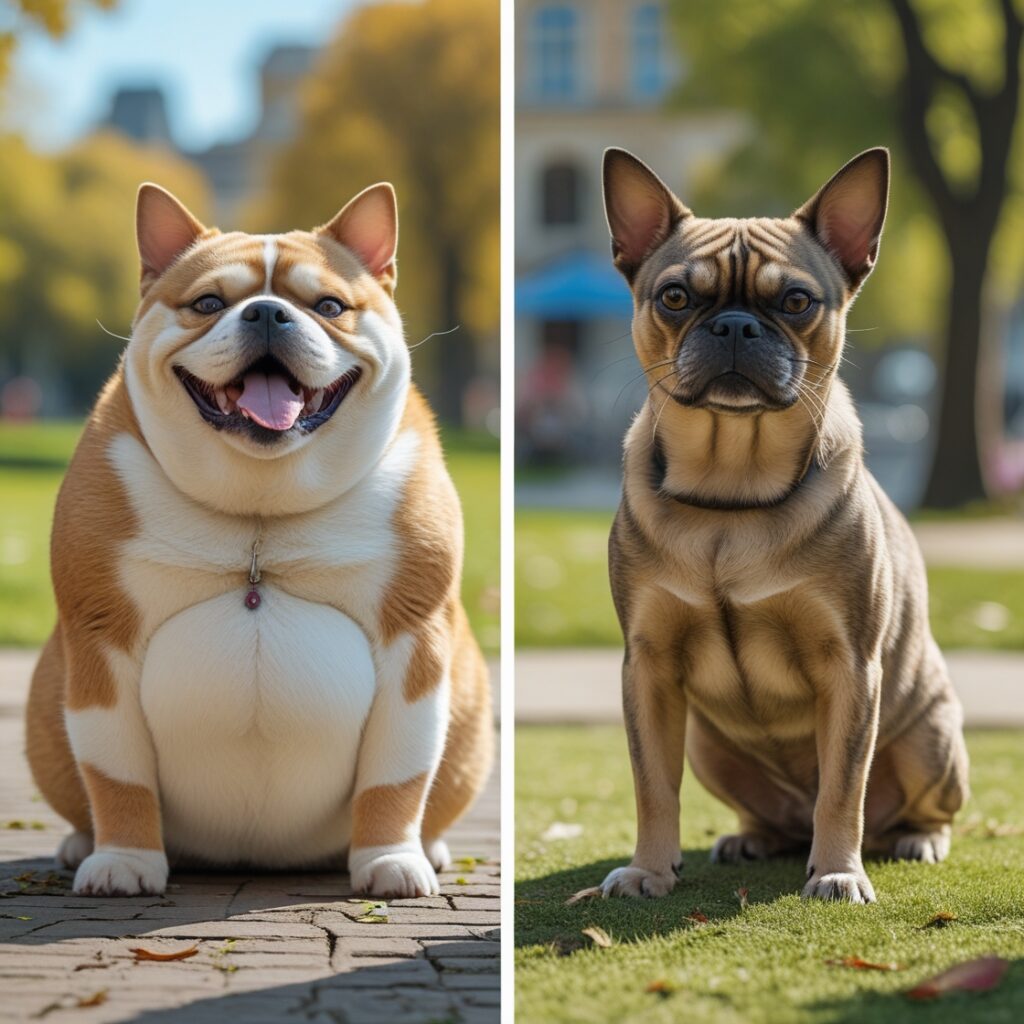
We’ll examine the serious problem of pet obesity in this blog post, including its causes and effects. We’ll explain how important nutrition is to your pet’s health and help you make the best dietary choices to control your weight. Plus, we’ll share tips on exercise, creating a successful weight loss plan, and maintaining a healthy weight long-term. Ready to transform your pet’s health? Let’s get started! 🐶🐱💪
Understanding Pet Obesity
A. Definition and prevalence
Pet obesity is defined as excessive body fat accumulation that can impair health. Studies show that over 50% of dogs and cats in the US are overweight or obese. Over the past ten years, this concerning trend has been progressively rising, making pet obesity a serious health worry for both pet owners and veterinarians.
The Role of Nutrition in Pet Health
Importance of balanced diet
A balanced diet is crucial for pet health, providing essential nutrients for optimal functioning. Consider these key components:
- Proteins: Build and repair tissues
- Carbohydrates: Energy source
- Fats: Energy and nutrient absorption
- Vitamins and minerals: Support various bodily functions
- Water: Hydration and metabolic processes
| Nutrient | Function | Examples |
|---|---|---|
| Proteins | Tissue repair | Meat, fish |
| Carbs | Energy | Grains, vegetables |
| Fats | Nutrient absorption | Oils, fatty acids |
Nutrient requirements for different life stages
Pets’ nutritional needs vary throughout their lives. Puppies and kittens require more protein and calories for growth, while senior pets may need fewer calories but more joint-supporting nutrients. Adult pets need a balanced diet to maintain their weight and overall health.
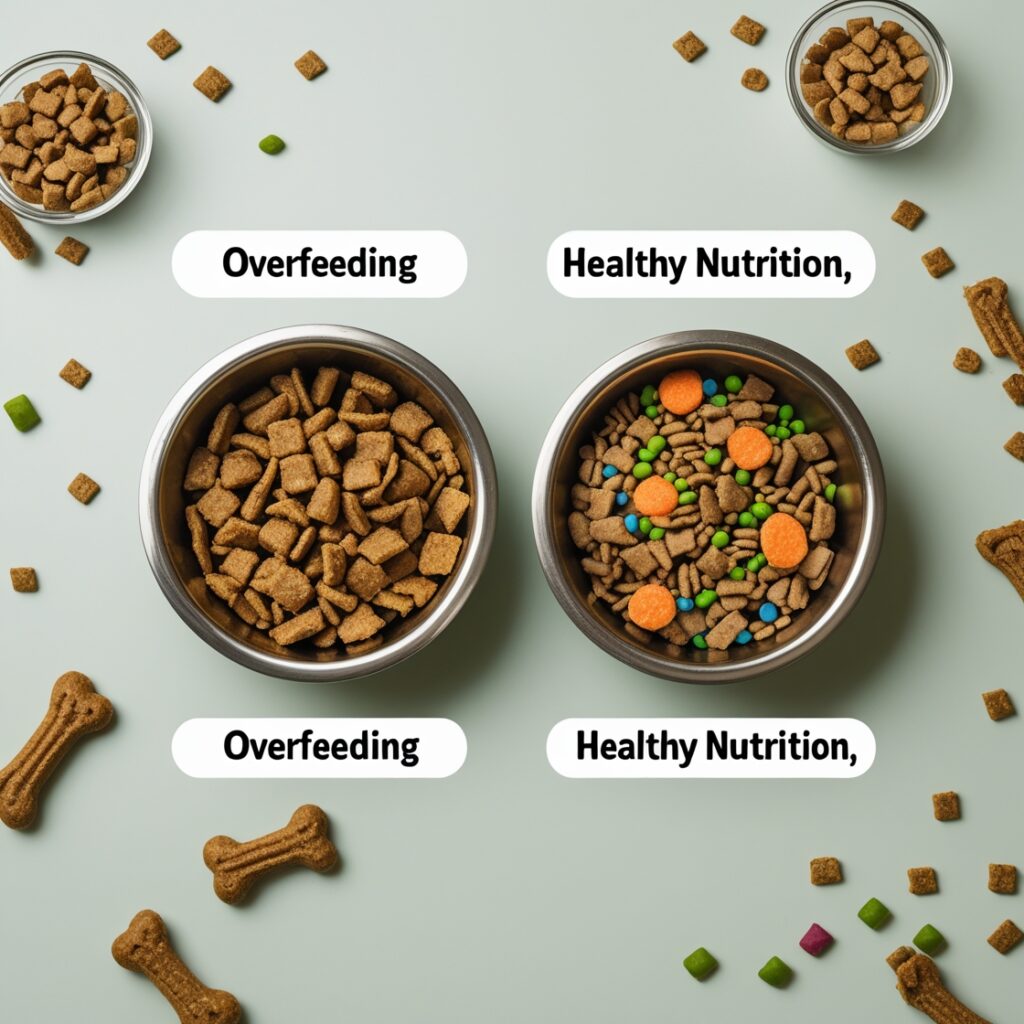
Choosing the Right Diet for Weight Management
Analyzing pet food labels
Comprehending pet nourishment names is fundamental when selecting a arrange for weight control. Here’s what to look for:
- Protein content
- Fat percentage
- Fiber content
- Calorie density
| Nutrient | Ideal Range for Weight Management |
|---|---|
| Protein | 25-30% |
| Fat | 6-10% |
| Fiber | 3-5% |
Low-calorie vs. high-protein diets
Low-calorie diets reduce overall calorie intake, while high-protein diets boost metabolism and preserve muscle mass. Both approaches can be effective:
- Low-calorie: Fewer calories, larger portions
- High-protein: Increased satiety, muscle maintenance
Choose based on your pet’s specific needs and consult with a veterinarian for personalized recommendations.
Exercise and Activity for Pet Weight Loss
Age-appropriate exercise routines
- Puppies/kittens: Short, frequent play sessions
- Adult dogs/cats: Daily walks, fetch, interactive toys
- Senior pets: Low-impact activities, gentle walks
Indoor vs. outdoor activities
| Indoor Activities | Outdoor Activities |
|---|---|
| Laser pointer play | Hiking |
| Obstacle courses | Swimming |
| Treadmill walking | Agility training |
Incorporating play into daily life
Integrating exercise into your pet’s routine is crucial for weight loss. Hide treats around the house for a “treasure hunt” or use puzzle feeders to make mealtime more active. Spending time with your pet at recess not only helps you burn calories but also strengthens your bond with them.
Developing a Successful Weight Loss Plan
Setting realistic goals
Setting realistic weight loss goals for your pet is crucial. Consider:
- Current weight vs. ideal weight
- Age and overall health
- Breed-specific factors
Monitoring progress and adjusting strategies
Regular weigh-ins and body condition assessments are essential. Keep a log of:
- Weekly weight measurements
- Food intake and exercise levels
- Any behavioral changes
Adjust the plan as needed based on progress and veterinary advice.
Maintaining a Healthy Weight Long-term
Lifestyle changes for the whole family
- Consistent feeding schedule
- Portion control
- Healthy treats
- Family exercise routines
Regular health check-ups
| Frequency | Purpose |
|---|---|
| Every 6 months | Weight monitoring |
| Annually | Overall health assessment |
Regular check-ups are crucial for maintaining your pet’s healthy weight. These visits allow veterinarians to monitor progress and adjust plans as needed. Lifestyle changes should involve the entire family to ensure consistency and support for your pet’s weight management journey.
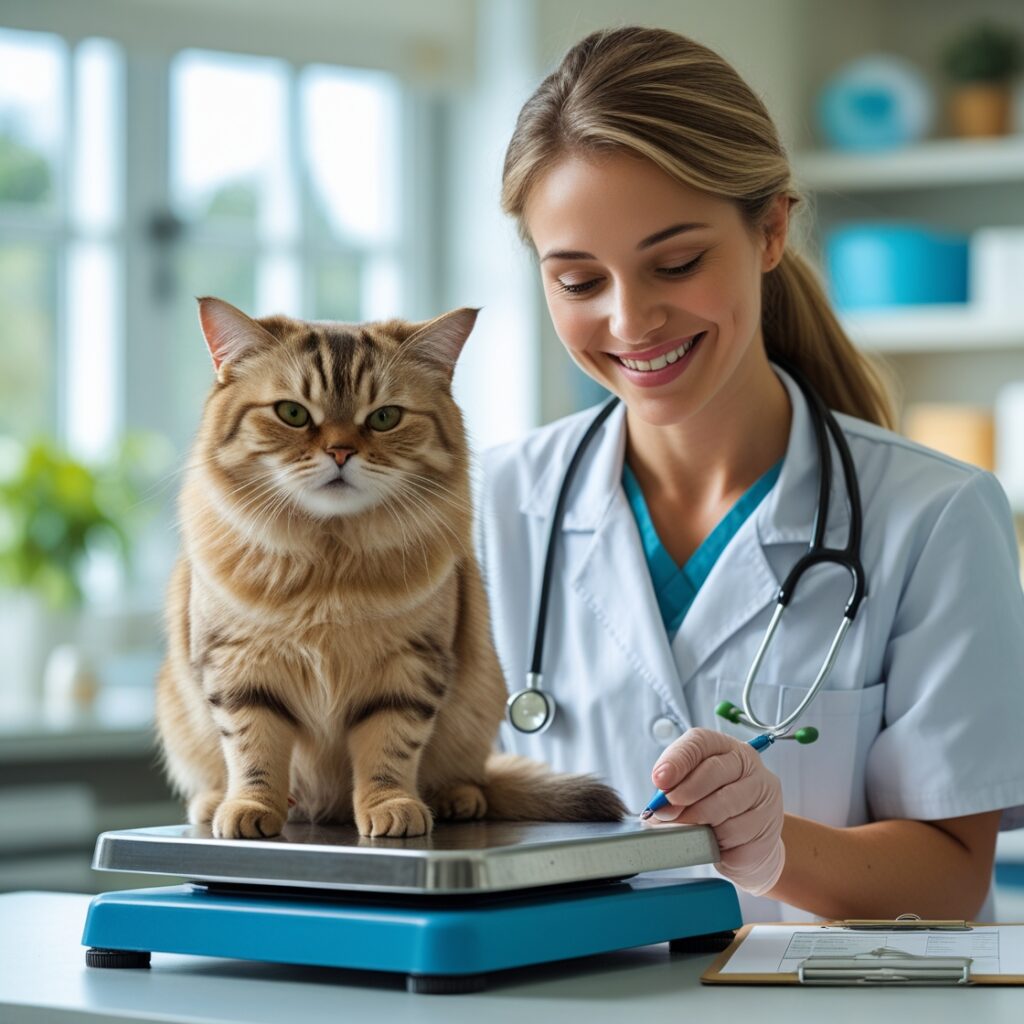
Pet obesity is a severe problem that many cherished friends face, but it is manageable with the correct strategy. Understanding the causes, recognizing the risks, and implementing proper nutrition and exercise strategies are key to helping our furry friends achieve and maintain a healthy weight.
Pet owners can significantly improve their pet’s health and lifespan by making the appropriate dietary choices, implementing regular exercise, and creating a thorough weight loss strategy. Keep in mind that keeping a healthy weight is a continuous effort that calls for dedication and regularity. By being committed and looking for counsel from a veterinarian, you will offer assistance your pet live a more beneficial, more joyful life without having to bargain with the negative impacts of corpulence.


